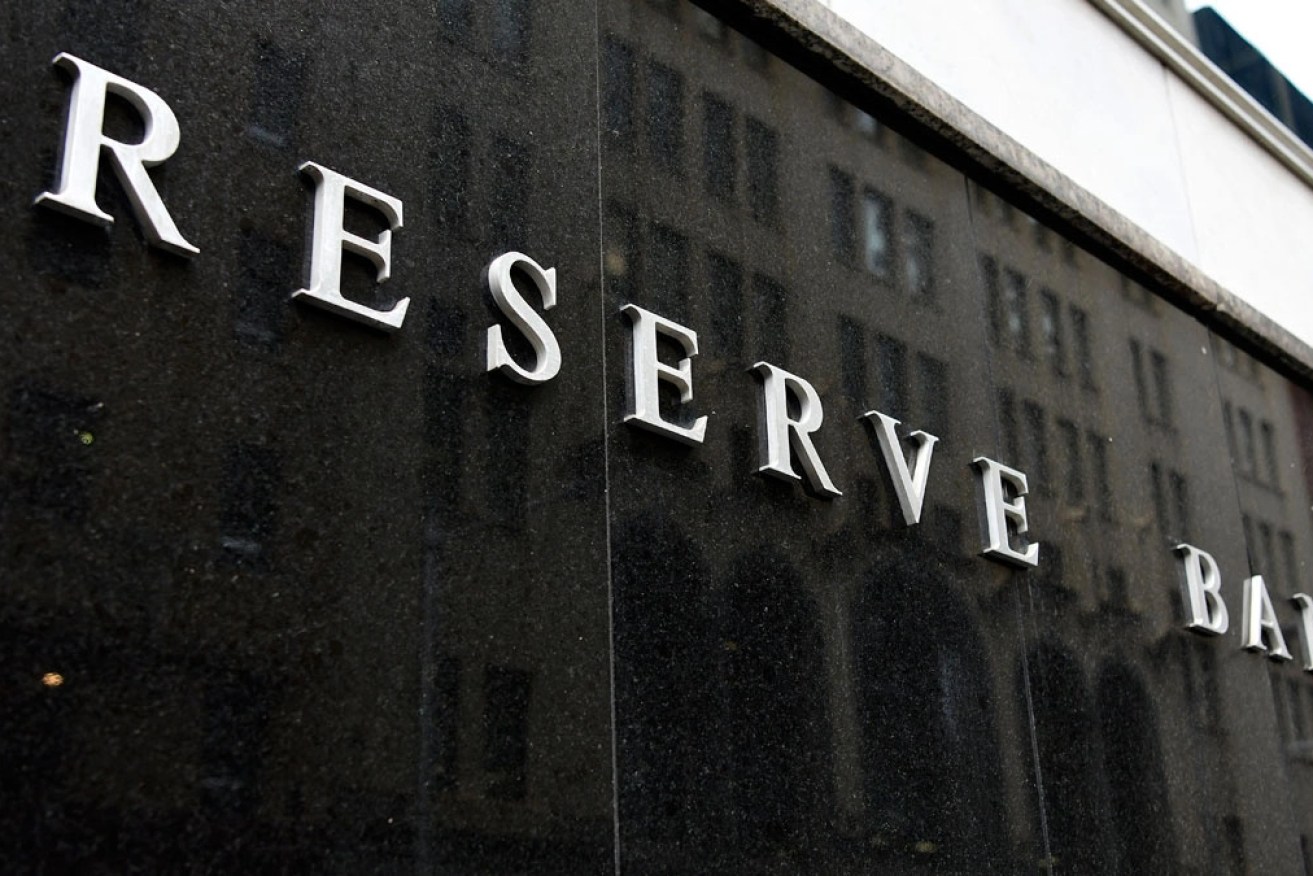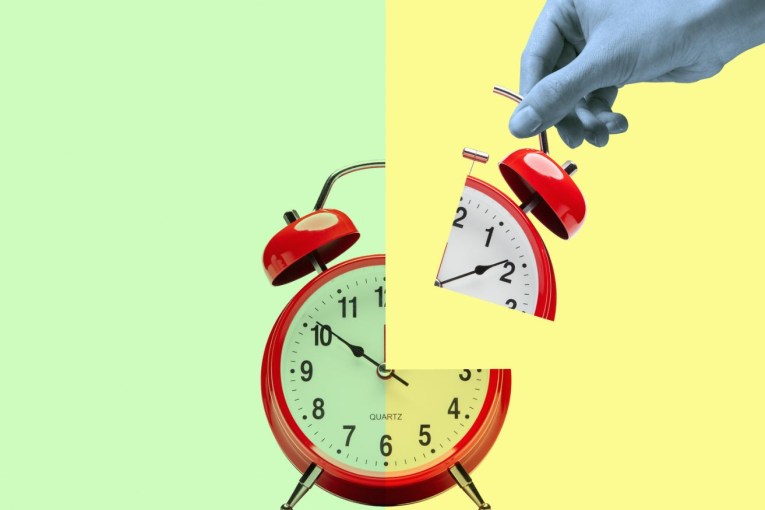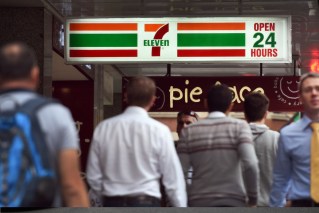Job figures ‘good surprise’ despite interest rate fears

The Reserve Bank has left rates on pause in February Photo: AAP
Treasurer Jim Chalmers has described the latest jobs figures as a “good surprise” despite fears low unemployment could fuel further interest rate hikes.
The unemployment rate held steady at 3.5 per cent in June after the May result was revised down.
Incoming Reserve Bank governor Michele Bullock has indicated unemployment needed to sit at 4.5 per cent to get inflation back under control.
But Dr Chalmers said the jobs figures were reassuring.
“The fact our jobs market has been really quite remarkably strong has been a good kind of surprise,” he told ABC Radio on Friday.
“Our jobs market is really holding up despite the economy slowing considerably elsewhere.”
The treasurer said the central bank would weigh up many factors beside unemployment numbers before making its next decision on interest rates next month.
“They’ll have the opportunity to consider the jobs market but also in the context of all of these other indicators that show that our economy is slowing,” he said.
“There’s a big difference here between the technical definition which feeds a forecast, which is what Michelle Bullock was talking about, and our broader aspirations and objectives.”
Deloitte Access Economics forecasts suggest the central bank has already lifted rates too far in the fight against sources of inflation over which it has minimal influence, only serving to dampen Australia’s economic growth outlook.
The group has repeatedly urged the central bank to end its tightening cycle and maintains it has done too much.
The Reserve Bank opted to keep interest rates on hold in July, after 400 basis points of tightening aimed at taming runaway inflation since May 2022.
Lead author of the updated set of forecasts, Stephen Smith, said most inflation in the system had been fuelled by supply-side issues such as global shipping costs, a disorderly energy transition and disruptions to construction – none of which responded readily to higher interest rates.
Additionally, the full force of the increases is yet to be felt.
“Overall, the profile for the normalisation of inflation is achievable with the monetary policy decisions already taken,” Mr Smith said.
The economist said a broader set of policies were needed to tackle supply-side challenges including fiscal policy, productivity-enhancing investments, tax policy to boost prosperity and competition policy to erode market power.
Market concentration in the banking, airline, supermarket, insurance and telecommunication sectors was flagged as a driver of poor productivity growth and higher prices, although Mr Smith said there was no evidence of “systemic price gouging and excessive profits” as a source of inflation.
“But are there examples of market power, weak competition, duopolies and oligopolies in key sectors, which are likely contributing to poor productivity growth and higher prices for some goods and services? Absolutely.”
Liberal frontbencher Sussan Ley said while low unemployment was largely welcomed, inflation was still a major challenge.
“We have to have a government that has the back of every single Australian and understands the effect of these rising prices and actually makes the economy more productive,” she told Seven’s Sunrise program.
“Or, unfortunately, we’re going to have a reserve bank that continues to raise interest rates.”
Unemployment is expected to drift up to 4.6 per cent by 2024/25.
– AAP








